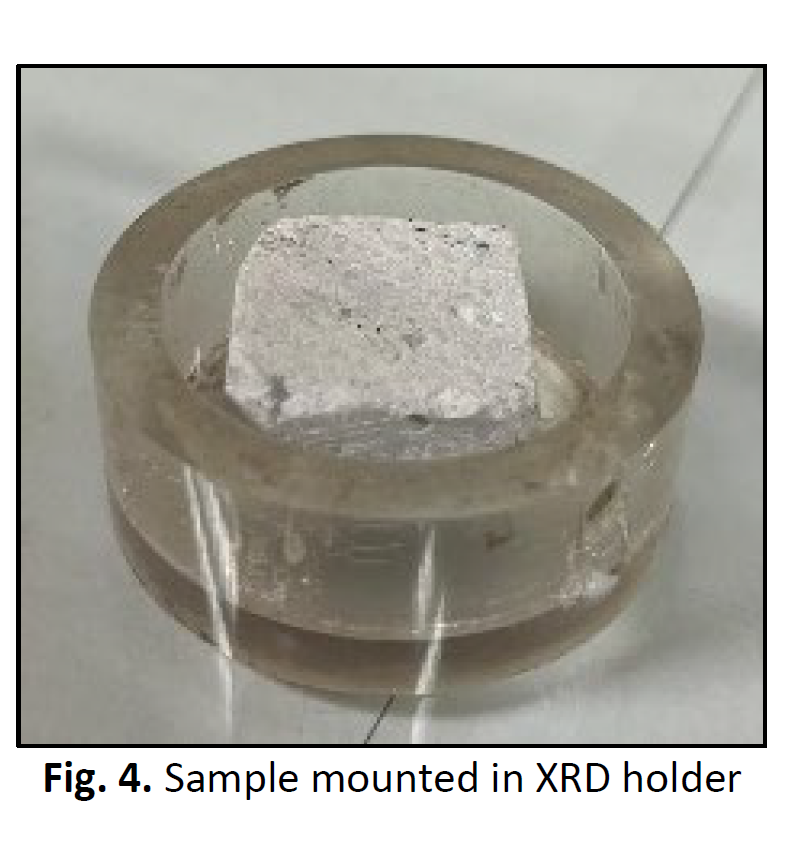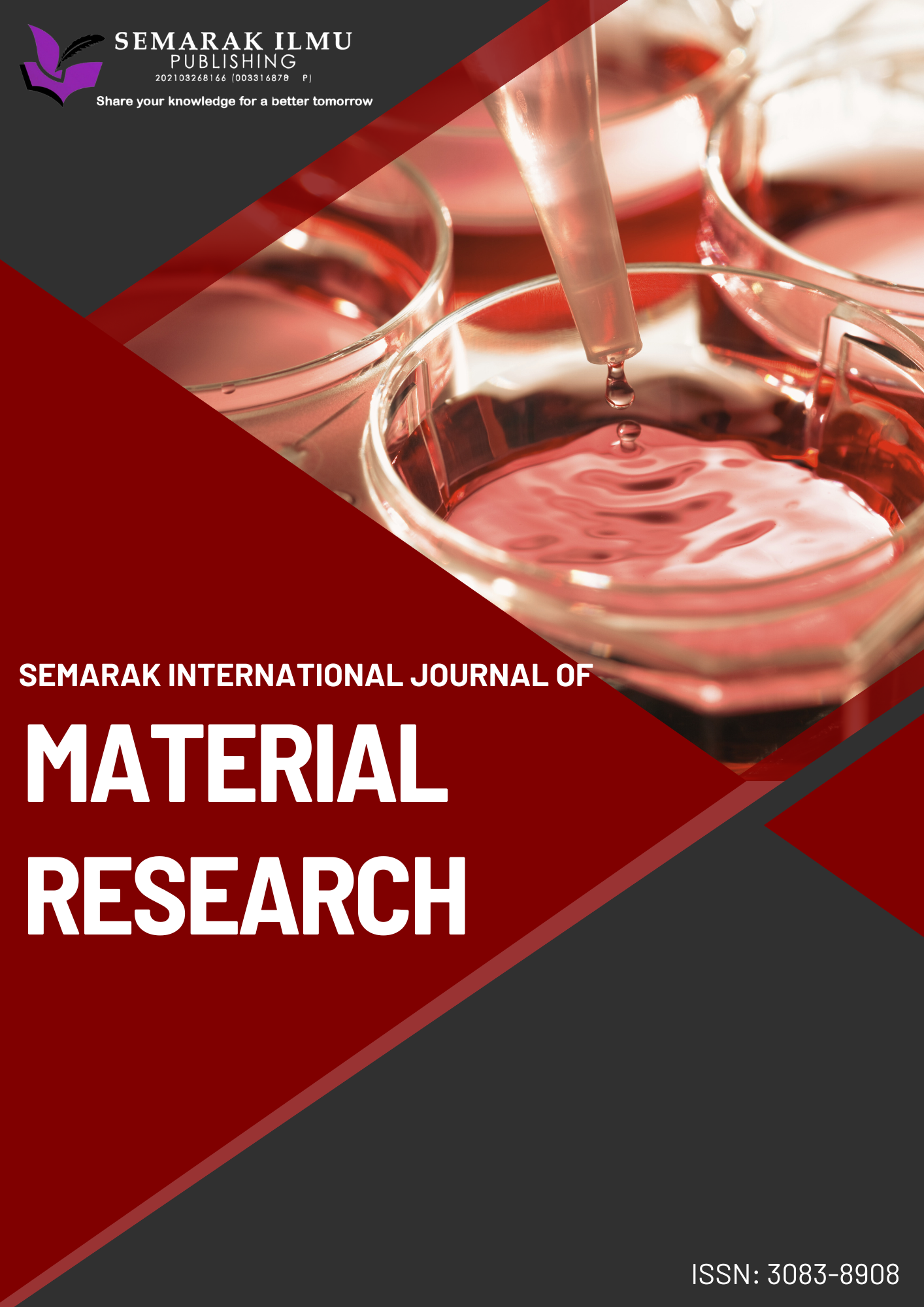Comparative Analysis of Hot Face and Internal Insulators using X-Ray Diffraction (XRD): Element & Compound Analysis for Thermal Applications
DOI:
https://doi.org/10.37934/sijmr.3.1.920Keywords:
Insulation materials, hot face insulator, internal insulator, XRD analysis, crystalline phases, microstructural, thermal stability, resistance, petrochemical, secondary reformerAbstract
Insulation materials are essential for maintaining the longevity and effectiveness of thermal systems, especially in high-temperature settings like industrial furnaces and petrochemical plants. Using X-ray diffraction (XRD) techniques, this study compares the microstructural characteristics of internal and hot face insulators. The goal is to assess these materials' phase composition, and microstructural integrity, all of which have a direct impact on their longevity and thermal performance. The hot face and internal insulators' phases and microstructural configurations differed significantly, as shown by XRD analysis, underscoring their individual resistance to chemical and thermal stress. The hot face insulator was appropriate for direct heat exposure since it displayed phases with improved thermal stability and resilience to high-temperature deterioration. On the other hand, within layered systems, the internal insulator showed a structure optimal for thermal insulation and resilience to thermal cycling. Both insulators function directly within the secondary reformer of a petrochemical process.









